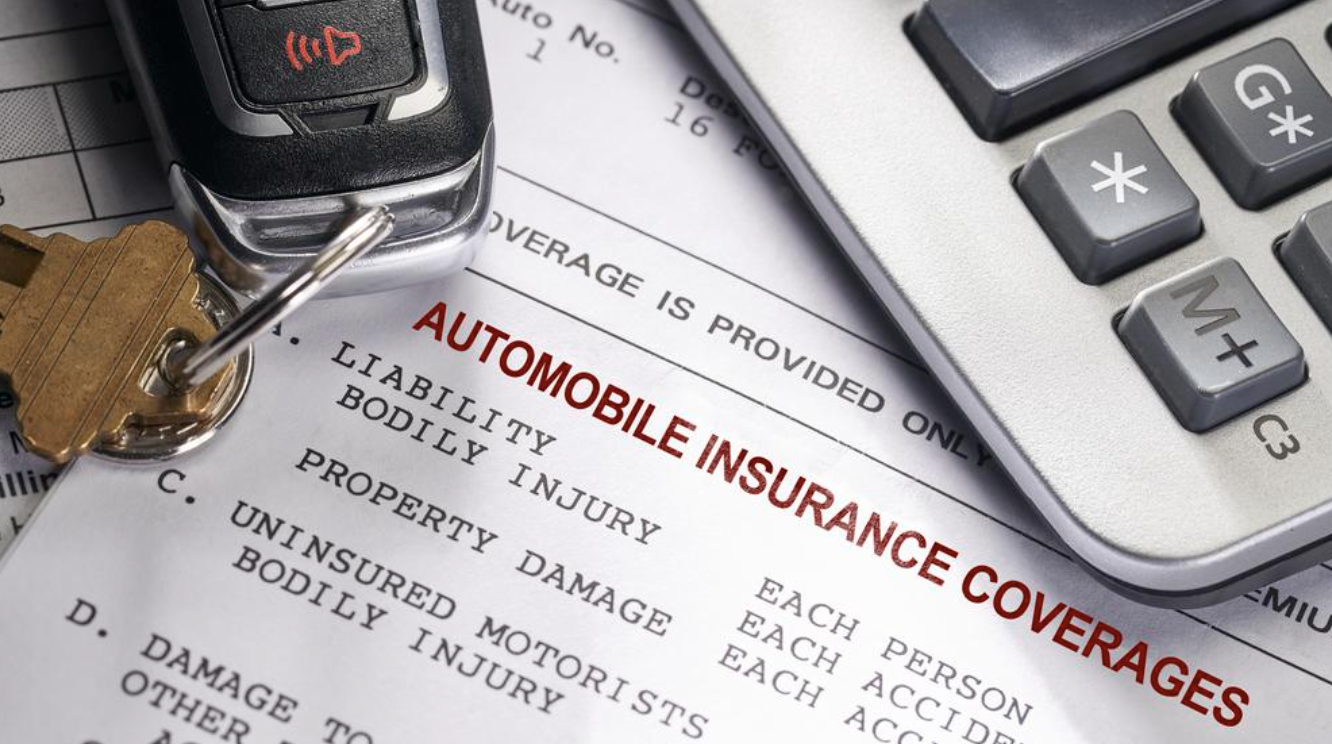
Do You Have Enough Auto Insurance?
January 18, 2023
Do you find the nuances of auto insurance a bit confusing? You’re not alone.
Choosing the right coverage and limits can be daunting. You may simply opt for the minimum coverage required in your province and the lowest deductibles you can afford, but that might leave you dangerously overexposed and underinsured.
To be certain you have the right insurance coverage, consider how much insurance you need to protect your assets and cover your potential liabilities.
Here’s a helpful guide to take the mystery out of auto insurance and help you rise to the challenge.
No fault vs. tort
There are two different forms of auto insurance in Canada: no fault and tort (or at fault). In a no-fault regime, drivers have insurance to cover their own injuries and damages, rather than using insurance to pay out to the other person. In other words, you don’t need to argue about who is to blame for an accident; you just file a claim on your own insurance.
No-fault laws don’t always protect you from being sued, but they do place restrictions on when you could be sued. Manitoba and Saskatchewan maintain the right to sue for economic losses in excess of no-fault benefits. By contrast, Quebec has a pure no-fault system and forbids suing for collisions involving bodily harm.
Lawsuits happen less often in Canada than they do in the United States, as injuries or damages must pass a monetary or verbal threshold (i.e., medical expenses exceed a certain dollar figure, or the injuries are sufficiently serious) when most health care is provided free of charge. You are still expected by law to have liability insurance to cover damages if you are to blame for the accident.
In a tort regime, such as Alberta’s (or even Saskatchewan’s, which has a dual system), the law assigns blame and the person deemed responsible will have to cover medical bills, damages and potentially pain and suffering. If you caused the accident, your insurance will pay up to the limits specified in your policy. But if the damages exceed that amount, you are responsible for the rest. There is usually some allowance for medical coverage on a no-fault basis.
Private vs. public
Most provinces and territories do not offer their own insurance programs. In Alberta, insurance is purchased from privately owned insurers.
British Columbia, Manitoba and Saskatchewan offer insurance through publicly owned insurance companies, while Quebec’s public regime only covers bodily injuries. Other auto insurance coverage is purchased through private insurance providers.
Liability coverage
Liability auto insurance covers bodily injury (BI) and property damage (PD) sustained by third parties when it is the responsibility of the insured driver. The available limits vary by province, with a legal minimum starting at $50,000 in Nova Scotia but usually $200,000 or more.
How much liability insurance do you need? Since this coverage is affordable in all provinces, it is usually recommended to get at least $500,000 or $1 million, and even more if you travel often or are planning a trip to the United States or a province with a tort regime.
Liability insurance may also cover you if you are in a collision with an uninsured or underinsured driver. If you are injured in a hit-and-run, or hit by a driver with no insurance or insufficient insurance, your liability insurance will cover your losses.
Collision and comprehensive coverage
Two forms of insurance cover damage to your car: collision and comprehensive. Collision coverage pays out if your car is damaged or totaled in a collision with another object (such as a car or tree). Collision coverage usually has a deductible. It’s also usually optional, although some provinces require collision if your vehicle is leased or financed by a bank or lender.
Comprehensive insurance pays out if your car is damaged by an incident in which there was no collision. This could be a fire, theft, act of vandalism, weather event (windstorm, hail, water, flood or earthquake) or random event (such as damage caused by an animal). Comprehensive insurance also has a deductible and is usually packaged with collision insurance on newer vehicles to fully cover damage to the vehicle.
It’s well worth investing in both forms of coverage if your vehicle has a substantial value.
Accident benefits
Accident benefits are often mandatory and cover medical and rehabilitation expenses that aren’t covered by the government, as well as (in some cases) caregiver expenses, lost wages and funeral expenses. This type of coverage is mandatory in no-fault provinces, where it pays out before liability insurance. It applies to the driver, passengers, pedestrians and bystanders.
However, the number of benefits, level of coverage required and damages covered vary greatly from one province to the next. Claims can be made by an insured driver, a passenger or even an injured pedestrian.
Other coverage
There are other coverage options you might want to add to your policy. These include:
- Loss of use — covers the cost of a rental car while your car is being repaired
- Guaranteed asset protection (GAP) — helps you meet repayments if your vehicle is totalled before you finish paying for it
Your insurance broker can explain the various coverage options available to you and help you select what’s most appropriate for your personal situation.
When deciding how much auto insurance you need, remember that provincial insurance requirements are not recommendations for levels of coverage — they are simply the minimum coverage required to legally operate a vehicle. If you are ever in a traffic accident, the damages are likely to be significantly higher, and you’ll be glad you took the time to speak with your insurance broker.
